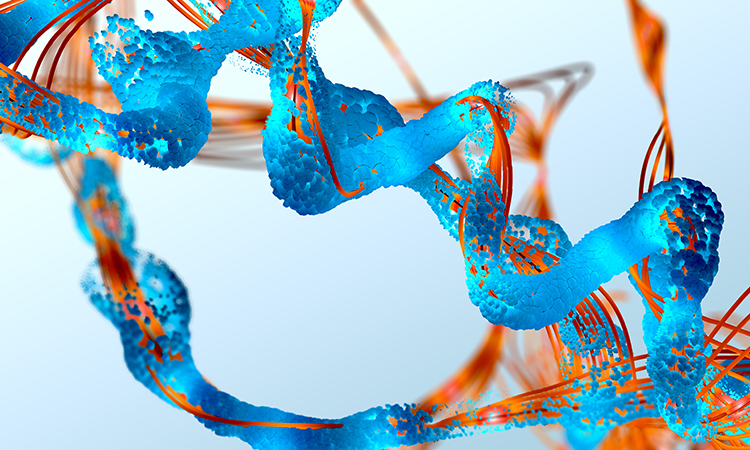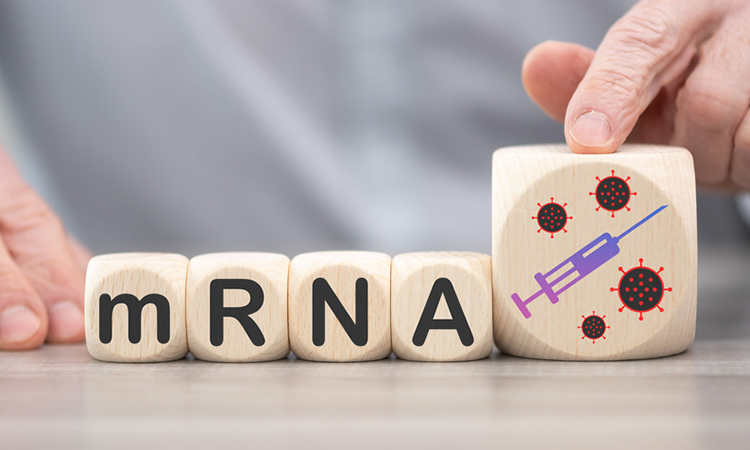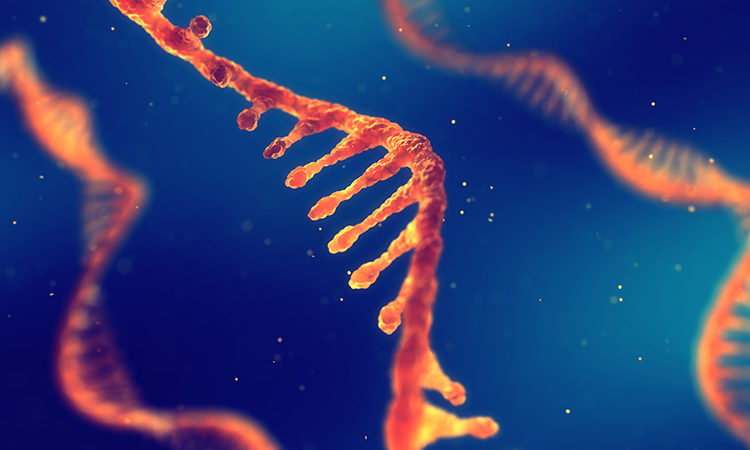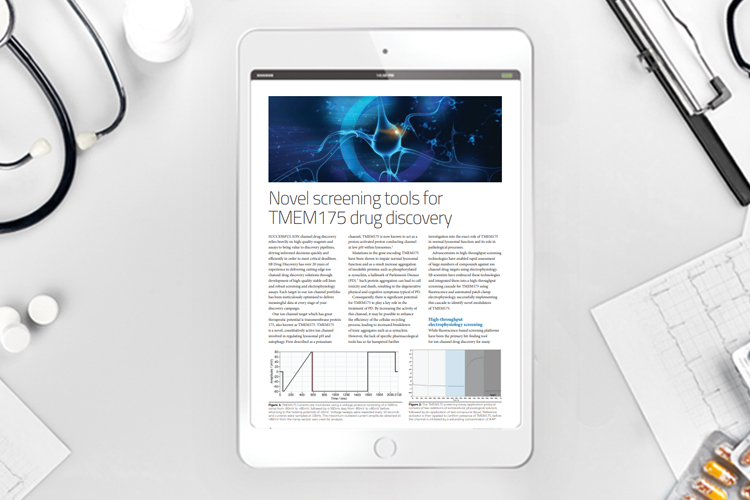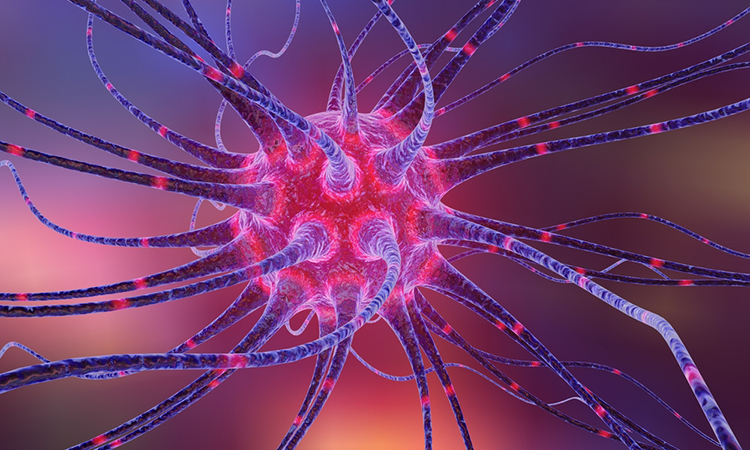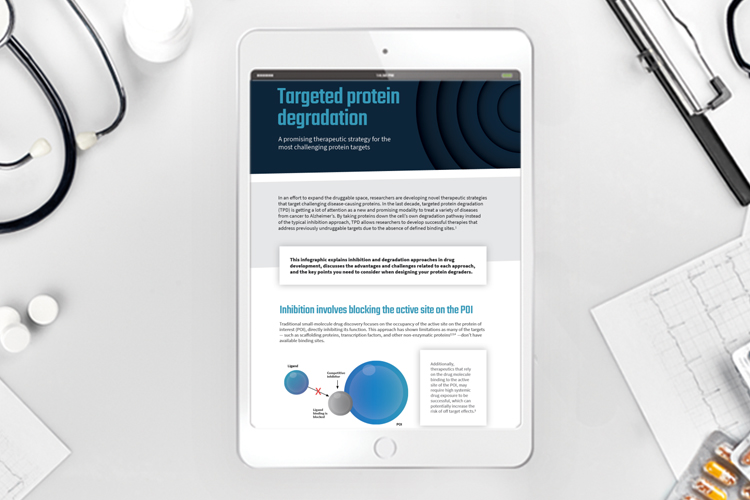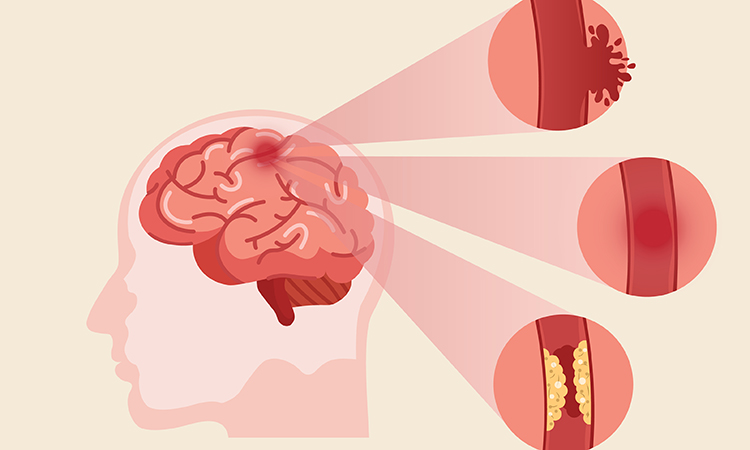Targeted protein degradation: turning undruggable targets into druggable targets
Targeted protein degradation (TPD) is a cutting-edge approach in drug discovery that offers a more precise and efficient way to alter cellular pathways, offering the capability to convert 'undruggable targets' into 'druggable targets.' In this article, Drug Target Review’s Izzy Wood interviewed Astellas’ Masahiko Hayakawa, Head of Targeted Protein Degradation,…



